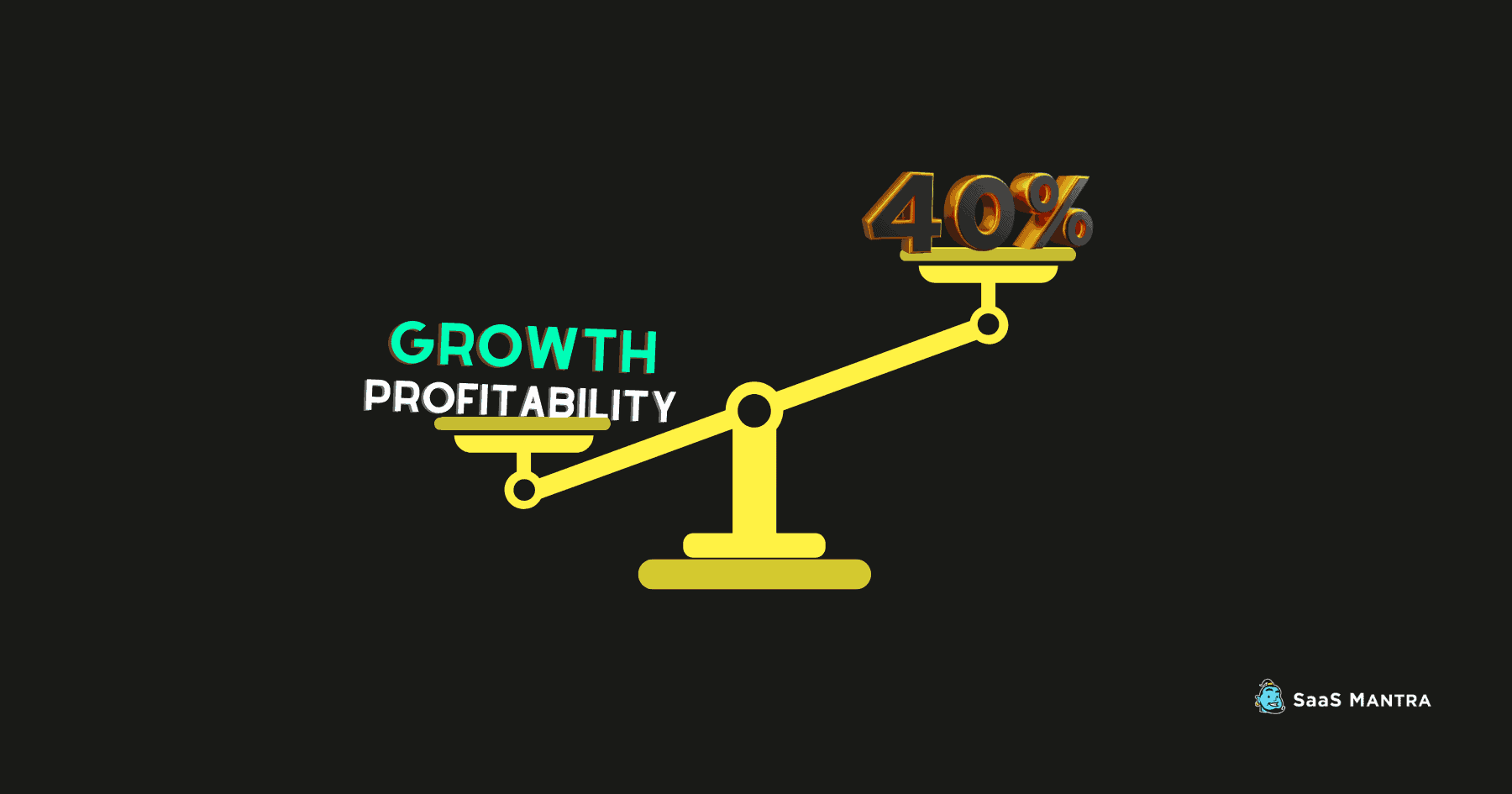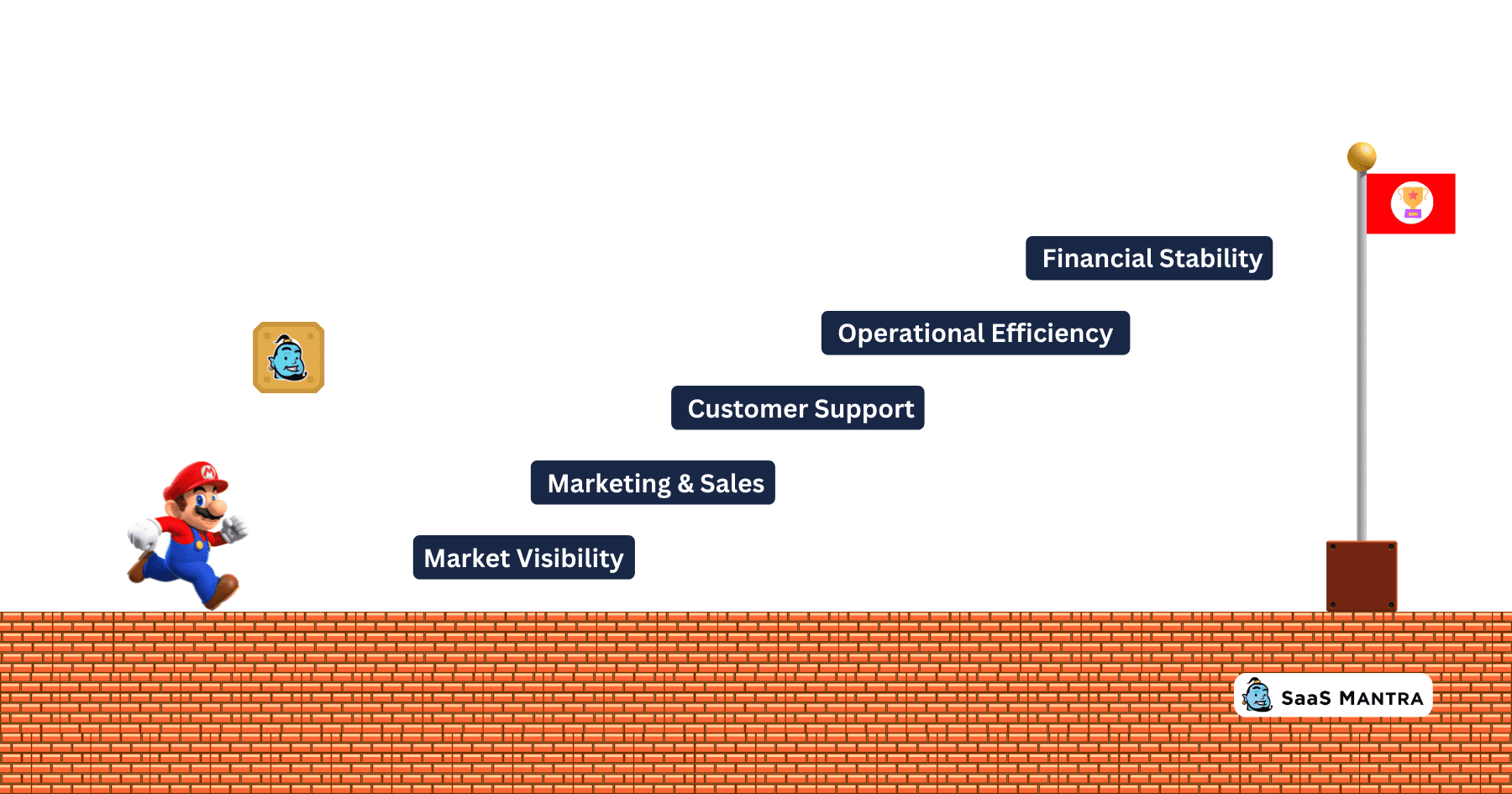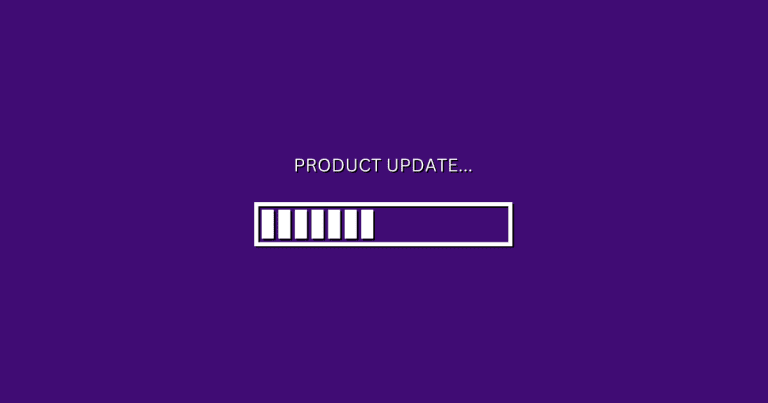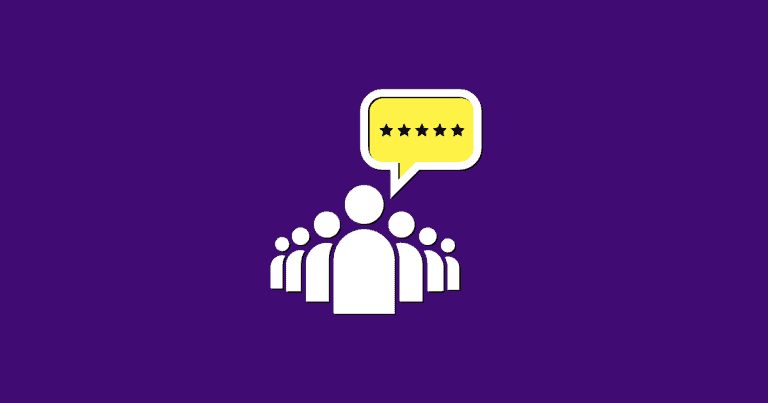5 Common Growth Challenges SaaS Founders Face in Their SaaS Start-Up
How would you rate your SaaS Start-up growth? Is it growing fast enough or too slow?
What challenges are preventing you from scaling your business further?
Growth is a key indicator of success for any SaaS Start-up.
The challenge is to get started and then scale at the same time. Though it sounds straightforward, it is a bit more complicated.
Let’s discuss some of the most common pitfalls that SaaS developers and founders face during their initial growth phase.
Before that, let’s address the elephant in the room.
Why Do Most SaaS Start-up Companies Fail?
A McKinsey study reports that if a software company grows 20% annually, there is a 92% chance that it will fail within 3 years.
Shocking, right?
A 20% growth rate a good for any other industry. But when it comes to a software company, it cannot survive the cutthroat environment.
And it can get worse if you are a bootstrapped SaaS Start-up company.
So, why do most SaaS Start-up companies fail? And more importantly, how fast should you grow to save your SaaS Start-up company?
The Rule of 40 for SaaS suggests that the combined growth rate and profitability margin should be 40% or higher for a SaaS company to be sustainable.

If you are a bootstrapped SaaS Start-up, you might as well ignore your business profitability metric.
It shows that for a SaaS Start-up to sustain itself in the industry, it needs to grow and scale up quickly.
However, there are too many challenges for a SaaS Start-up to grow faster and hold everything together.
To help you get started, here are the 5 most common growth challenges for your SaaS Start-up.
Most Common Growth Challenges for SaaS Start-ups
1. Operational Efficiency
One common trait of every fast-growing SaaS company is its operational efficiency.
It is a factor directly influencing your growth rate. If you have inefficient operations, you cannot keep pace with your growth.
And it can be the biggest challenge for a SaaS company, given the nature of the industry.
Your company must adapt to the dynamic environment with new technologies and challenges. And it has to become operate efficiently while adapting continuously.
And as you grow, ensure that all your processes are streamlined and optimized. It will help you handle the increasing traffic and prepare for increasing growth.
You can improve the operational efficiency of your SaaS business by paying attention to a few things.
How much time does it take to onboard new customers?
How long does it take to onboard a customer after they sign up?
How long does the average customer stay on your platform?
These questions are vital because they directly impact the cost of acquiring new users.
2. Customer Support Handling
Customer support is another key factor for your SaaS Growth. It is one of the most critical factors for a SaaS Start-up company.
No SaaS product is perfect, and a SaaS Start-up is much less. You will have a lot to figure out as your SaaS product evolves. It can be bug fixes, new product features, etc.
As you show promise to your target audience and begin to grow, expect an increasing number of customer queries.
Prepare to handle the slew of customer queries beforehand. Otherwise, it can curb your business growth within days. It gets tricky when you dedicate resources to customer support, and you could fall short in other areas like product development and marketing.
When you are growth-focused, ensure an excellent customer support strategy to handle even the worst-case scenarios.

3. Unfitting SaaS Marketing and Sales Practices
Marketing and sales are two of the most crucial aspects of any business. They are also the most challenging parts for a SaaS Start-up.
Most SaaS Start-up companies fail because of unfitting marketing practices despite creating an excellent product. And a few average SaaS products beat them to succeed because they have excellent marketing and sales strategies.
The typical marketing and sales may work for some SaaS products. However, you may need SaaS specific marketing and sales strategy for sustained growth and consistently acquiring new users.
If you are a bootstrapped SaaS Start-up consisting only of developers, you may find it hard to market and sell your SaaS product. And it gets more challenging if you are dealing with customer support with your limited resources.
You may consider hiring marketing professionals to sell your SaaS product for you. However, it will still need you to put in hours of work and cost you a sum of your budget.
One of the alternate ways SaaS developers prefer is by listing their product on a SaaS Marketplace.
4. SaaS Market Visibility
Getting visibility for your software is a challenge for every SaaS Start-up.
You need to reach a large audience and gain more users to be successful. The more users you acquire, the faster your SaaS Start-up company grows.
If you are a developer and most of your circle is from the developer community, you could only get limited exposure to your software.
To gain better visibility for your software, build a brand name and establish yourself among your target audience. It is where many developers and SaaS Start-up companies struggle.
Spending a lot of money on advertising often fails to gain traction in reaching your target audience. And the only likelihood of it working is in tandem with your marketing strategy.
One of the best ways to reach a large audience is by engaging with a SaaS community. Such a synergy helps SaaS Developers and users come together and benefit from the needs of each other.
It can help you deeply penetrate the SaaS Market and open up opportunities for exponential growth.
5. Financial Instability
Financial instability is another common and obvious problem faced by SaaS Start-up companies.
You may not realize that financial stability is one of the biggest challenges for SaaS developers and Startups.
Many SaaS Start-Ups start well but then face problems later on.
When you scale up your business, so do your operational costs—even with efficient business operations.
But the biggest challenges are setting up the infrastructure, technology adoption, and growth marketing.
Most SaaS Startups find it hard to get a decent ROI in these areas. And if you are a bootstrapped self-funded SaaS company, it can hit you hard.
SaaS Start-up companies can try alternative ways to raise funds for their short-term cash needs to sustain their growth rate.
One of the most common ways SaaS founders raise funds is by getting VCs to invest in their software. But it is a challenge to get their interest and show a good scope for your software.
A less known, yet convenient way to quickly acquire new users is by launching a lifetime deal for your SaaS. It can help you attract investors, among many other benefits of launching a SaaS lifetime deal for your software.
Final Word
As you know, there are countless challenges for SaaS developers and founders to achieve growth and success.
Focus on the long-term, and handle the short-term challenges with the help of experts and opportunities. It can help sustain your SaaS Start-up growth rate along with your product development successfully.





